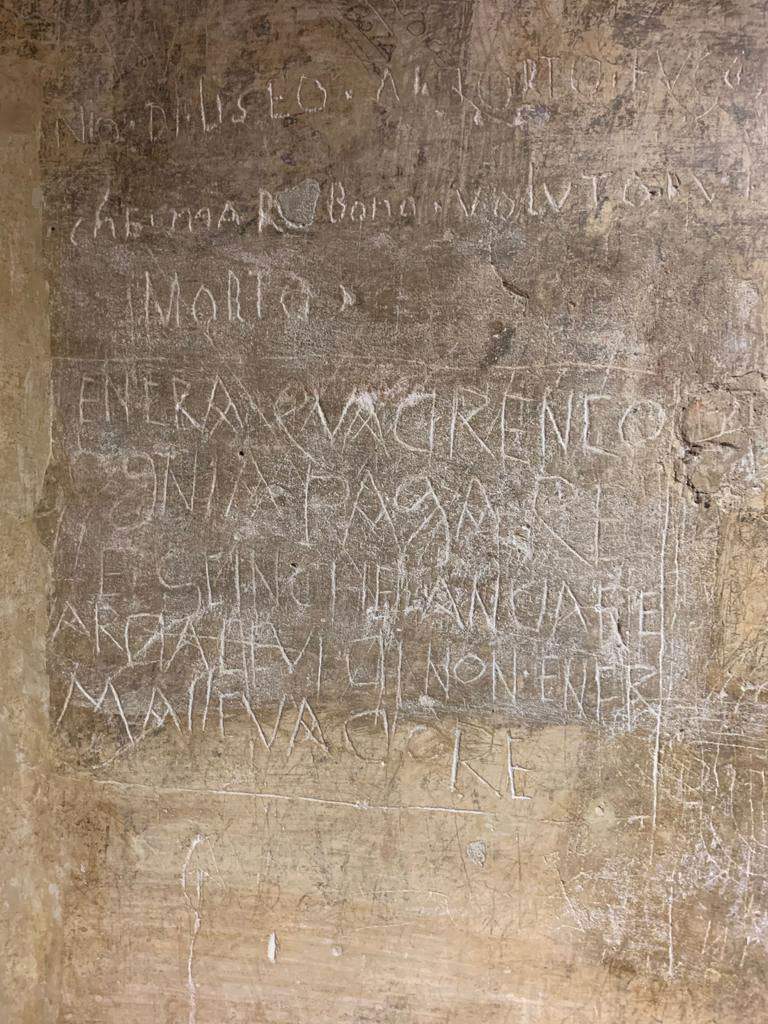The ancient Medici prisons will be transformed into the Uffizi Headquarters.
The former Medici prisons will become the new Uffizi Headquarters. Inscriptions of inmates who were locked up in the prisons built by the Medici in the late 16th century are still visible, and now these spaces will be used as administrative and technical offices for the museum.
The new center will be in the area facing the Arno in the eastern arm of the Vasarian complex, where the former Medici prisons are located, partly housed in a medieval tower, and in an adjacent building that in the 18th century housed the guard of the Grand Dukes of Lorraine, the Velites.
Adaptation work to the structure is almost complete, and the building will have as its main entrance a doorway attributed to Bartolomeo Ammannati.
In addition to the Directorate, the center will bring together the Administrative Division and much of the Technical Division along with nine departments (Purchasing, Architecture, Legal, Protocol, Accounting, Human Resources, Secretariat, Salaries, Enhancement and Economic Strategies) that were previously divided among various areas of the Vasarian complex.
“The amalgamation of our administrative and technical offices in two adjacent buildings, connected by a walkway, will create synergy, simplification and greater speed in our work processes to complement the new modules for remote work introduced with the recent lockdown,” said Uffizi Galleries Director Eike Schmidt, during the inspection held together with Uffizi Heritage Curator Antonio Godoli. “The organizational architecture created over the past four years now also finds application in the physical office spaces. But in addition to the functional aspect, there is also the project that determined these moves to be considered: in fact, the part of the building where the offices were located until now will be incorporated into the construction site of the New Uffizi in the coming months, and in the future it will be used for various activities for the public.”
Pictured, some of the inmates’ inscriptions still visible
 |
| The ancient Medici prisons will be transformed into the Uffizi Headquarters. |
Warning: the translation into English of the original Italian article was created using automatic tools. We undertake to review all articles, but we do not guarantee the total absence of inaccuracies in the translation due to the program. You can find the original by clicking on the ITA button. If you find any mistake,please contact us.




























